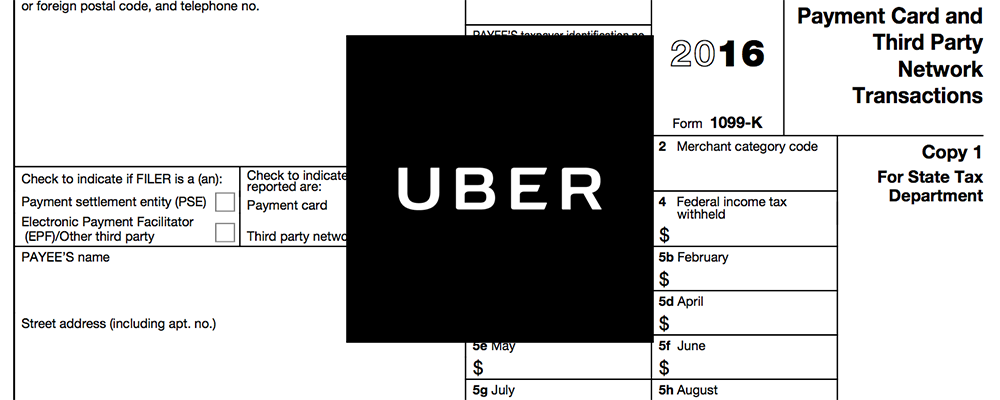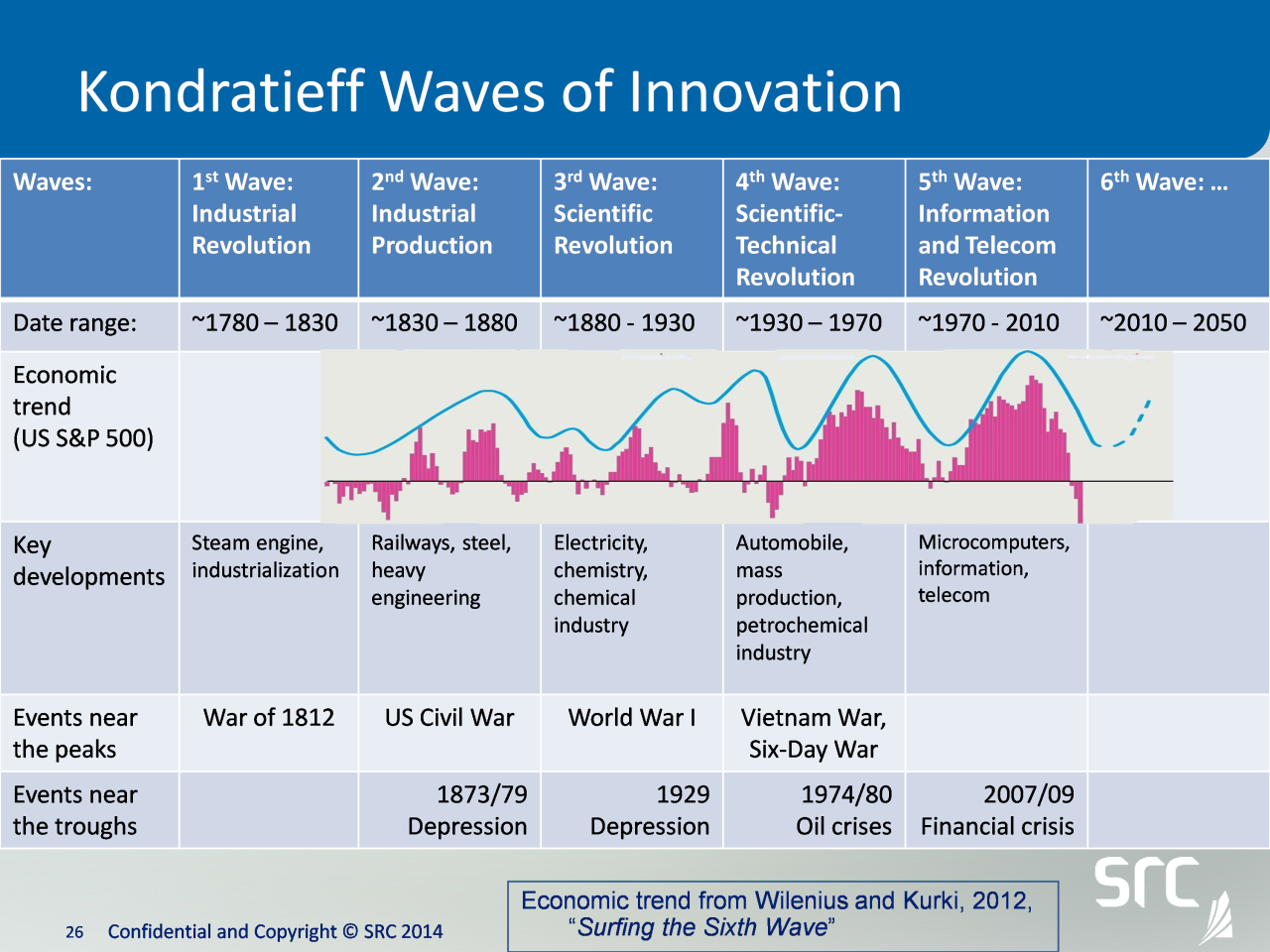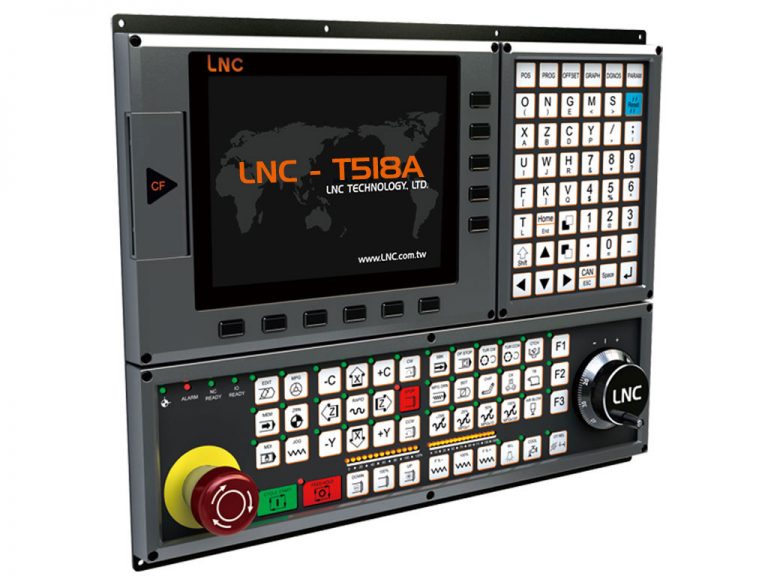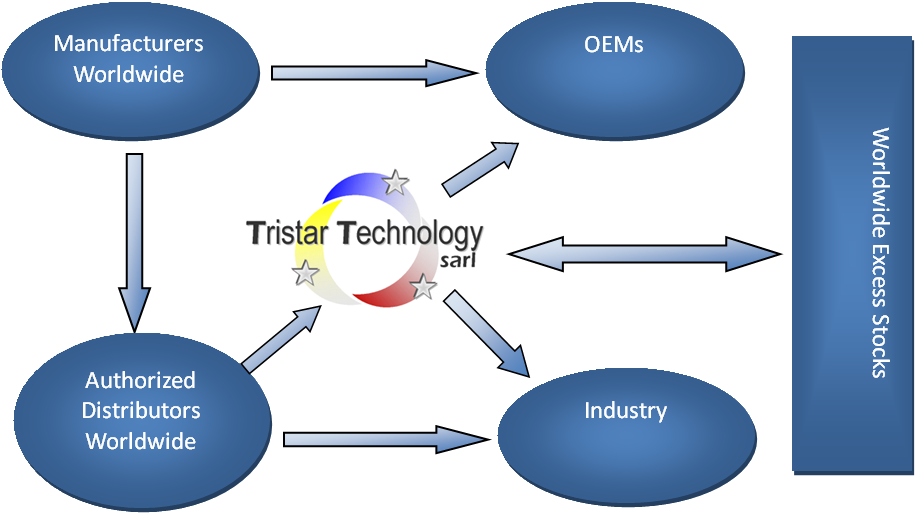Trucking Technology: Transforming the Industry
Trucking technology has revolutionized the transportation industry, transforming the way goods are moved across the globe. From the early days of the internal combustion engine to the modern era of […]
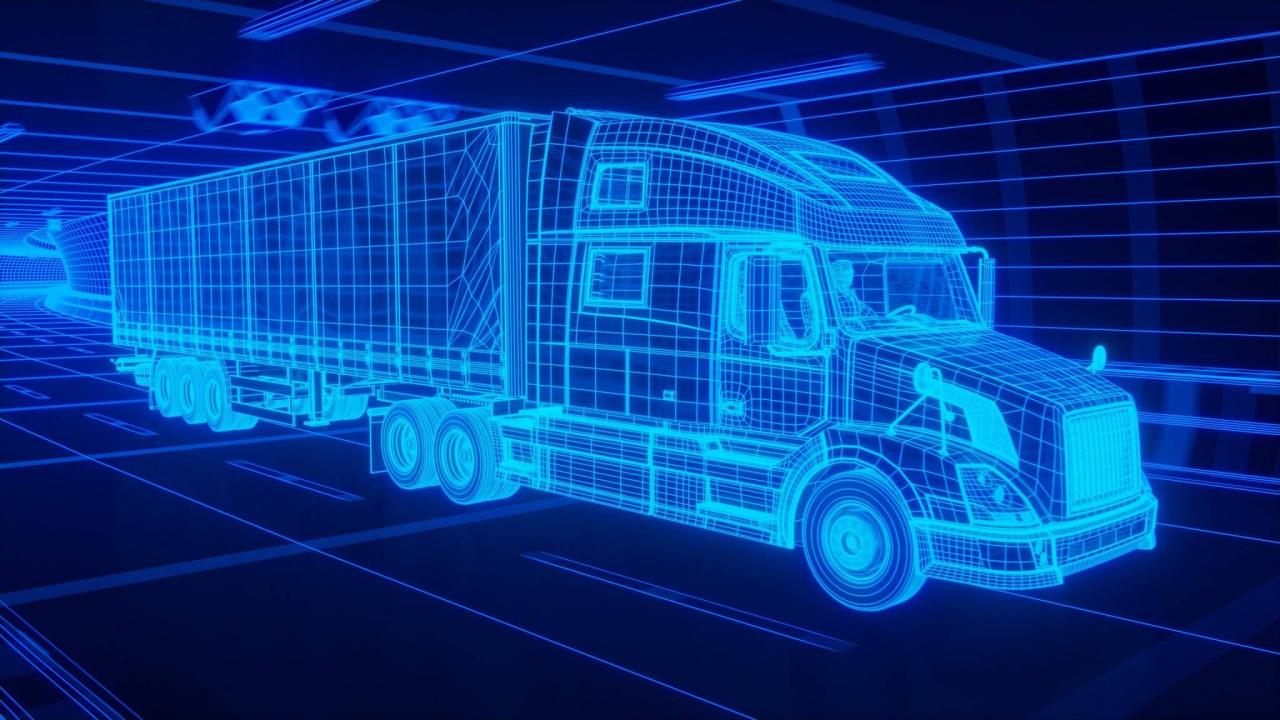
Trucking technology has revolutionized the transportation industry, transforming the way goods are moved across the globe. From the early days of the internal combustion engine to the modern era of GPS navigation and autonomous vehicles, technological advancements have consistently driven efficiency, safety, and sustainability in trucking.
This article delves into the multifaceted world of trucking technology, exploring its evolution, current applications, and future potential. We’ll examine how technology has reshaped fleet management, enhanced safety systems, and optimized routes, ultimately impacting the profitability and sustainability of the trucking industry.
Modern Trucking Technology Applications
The trucking industry is undergoing a significant transformation, driven by the integration of advanced technologies. From optimizing routes to enhancing safety, these applications are revolutionizing how goods are transported and delivered.
Fleet Management Systems
Fleet management systems are designed to monitor and manage a fleet of trucks, improving efficiency and reducing costs. These systems utilize GPS tracking, telematics, and data analytics to provide real-time insights into vehicle location, performance, and driver behavior.
- Real-time Tracking: GPS technology enables precise tracking of vehicle locations, allowing for efficient route planning and dispatching. This minimizes downtime and ensures timely deliveries.
- Fuel Optimization: By analyzing driving patterns and vehicle performance, fleet management systems can identify areas for fuel efficiency improvements. This includes optimizing routes, reducing idling time, and promoting eco-driving practices.
- Maintenance Scheduling: Predictive maintenance capabilities use sensor data to anticipate potential issues, enabling proactive maintenance scheduling and minimizing unexpected breakdowns. This reduces downtime and maintenance costs.
- Driver Performance Monitoring: Fleet management systems track driver behavior, such as speeding, harsh braking, and excessive idling. This data can be used to improve driver safety and efficiency through training and coaching programs.
Safety Systems
Safety is paramount in the trucking industry, and technology plays a crucial role in enhancing driver and road safety. Advanced safety systems utilize sensors, cameras, and AI algorithms to detect potential hazards and provide real-time warnings and assistance.
- Lane Departure Warning: This system uses cameras to monitor lane markings and alerts the driver if the vehicle drifts out of its lane unintentionally.
- Forward Collision Warning: Sensors detect objects in front of the vehicle and warn the driver of potential collisions, allowing for timely braking or evasive maneuvers.
- Adaptive Cruise Control: This system automatically adjusts the vehicle’s speed to maintain a safe distance from the vehicle ahead, reducing the risk of rear-end collisions.
- Blind Spot Monitoring: Sensors detect vehicles in the driver’s blind spots, alerting them to potential hazards during lane changes or merging.
- Electronic Stability Control: This system helps maintain vehicle stability by automatically applying brakes to individual wheels during cornering or slippery conditions.
Route Optimization
Route optimization software leverages algorithms and real-time data to calculate the most efficient routes for truck drivers, minimizing travel time, fuel consumption, and delivery costs.
- Dynamic Routing: Real-time traffic data, weather conditions, and road closures are factored into route calculations, enabling drivers to adjust their routes for optimal efficiency.
- Delivery Scheduling: Route optimization software can create delivery schedules that minimize travel time and maximize delivery efficiency, ensuring timely deliveries and reducing overall costs.
- Fuel Optimization: By selecting routes with minimal traffic and congestion, route optimization software helps reduce fuel consumption and environmental impact.
Telematics and Data Analytics
Telematics systems collect and analyze data from trucks, drivers, and cargo, providing valuable insights into fleet performance, driver behavior, and cargo logistics.
- Performance Monitoring: Telematics data can be used to track vehicle performance, including fuel consumption, engine efficiency, and tire pressure. This information can be used to identify areas for improvement and reduce maintenance costs.
- Driver Behavior Analysis: Telematics systems can monitor driver behavior, such as speeding, harsh braking, and idling time. This data can be used to identify potential safety risks and implement training programs to improve driver behavior.
- Cargo Management: Telematics systems can track cargo temperature, humidity, and other environmental factors, ensuring the safety and quality of goods during transportation.
Autonomous Trucking
Autonomous trucking technology is rapidly advancing, with self-driving trucks capable of operating without human intervention. While still in the early stages of development, autonomous trucking has the potential to revolutionize the trucking industry.
- Increased Efficiency: Autonomous trucks can operate 24/7 without breaks, leading to increased efficiency and reduced delivery times.
- Improved Safety: Autonomous trucks are less prone to human error, which is a major cause of accidents in the trucking industry. This can significantly improve road safety.
- Reduced Costs: By eliminating the need for human drivers, autonomous trucking can reduce labor costs and improve overall efficiency.
Fleet Management Systems
Fleet management systems are essential tools for optimizing truck operations, improving efficiency, and enhancing safety. These systems leverage technology to monitor and manage various aspects of a trucking fleet, providing real-time insights and data-driven decision-making capabilities.
Real-Time Tracking, Trucking technology
Real-time tracking is a fundamental feature of fleet management systems, allowing businesses to monitor the location and status of their trucks in real-time. This capability enables fleet managers to optimize routes, track delivery times, and ensure timely arrival of goods.
- GPS Tracking: GPS technology provides precise location data, enabling fleet managers to visualize truck movements on a map. This data can be used to track progress, identify delays, and make informed decisions regarding route adjustments.
- Vehicle Telematics: Telematics devices collect data from various truck sensors, such as engine performance, fuel consumption, and driver behavior. This information provides insights into vehicle performance and allows for proactive maintenance scheduling.
Driver Performance Monitoring
Fleet management systems offer comprehensive driver performance monitoring capabilities, enabling businesses to assess driver behavior and identify areas for improvement.
- Driving Style Analysis: By analyzing data from telematics devices, fleet managers can identify aggressive driving patterns, such as hard braking, speeding, and excessive idling. This information can be used to provide feedback to drivers and promote safe driving practices.
- Compliance Monitoring: Fleet management systems can track driver hours of service (HOS) compliance, ensuring adherence to regulations and preventing fatigue-related accidents. This includes monitoring driving time, rest periods, and electronic logging device (ELD) data.
Maintenance Scheduling
Effective maintenance scheduling is crucial for preventing breakdowns and ensuring the smooth operation of a trucking fleet. Fleet management systems provide tools to optimize maintenance schedules and minimize downtime.
- Predictive Maintenance: By analyzing vehicle sensor data, fleet management systems can predict potential maintenance needs before they become critical. This enables proactive maintenance scheduling, reducing the risk of unexpected breakdowns and minimizing downtime.
- Maintenance History Tracking: Fleet management systems maintain a comprehensive record of all maintenance activities, including repairs, inspections, and parts replacements. This information allows fleet managers to track maintenance costs, identify recurring issues, and optimize maintenance strategies.
Hypothetical Fleet Management System
A hypothetical fleet management system could be designed with the following key components and functionalities:
- Centralized Dashboard: A user-friendly dashboard that provides a consolidated view of all fleet operations, including vehicle location, driver performance, maintenance schedules, and fuel consumption.
- Real-Time Tracking and Mapping: Advanced GPS tracking and mapping capabilities to visualize truck movements, track progress, and optimize routes in real-time.
- Driver Performance Analytics: Comprehensive driver performance monitoring tools to analyze driving style, identify areas for improvement, and provide feedback to drivers.
- Automated Maintenance Scheduling: Predictive maintenance algorithms to analyze vehicle sensor data and proactively schedule maintenance tasks, reducing the risk of breakdowns.
- Fuel Management: Tools to track fuel consumption, identify areas for optimization, and reduce fuel costs.
- Reporting and Analytics: Comprehensive reporting and analytics features to generate insights into fleet performance, identify trends, and make data-driven decisions.
Safety and Security Technologies

Modern trucking technology has significantly advanced safety and security measures, resulting in a safer and more secure environment for drivers, cargo, and the public. These technologies, ranging from advanced safety features to sophisticated security systems, are transforming the trucking industry.
Advanced Safety Features
Modern trucks are equipped with a range of advanced safety features that help prevent accidents and protect drivers. These features are designed to alert drivers to potential hazards, assist in maintaining control of the vehicle, and minimize the impact of accidents.
- Lane Departure Warning (LDW): LDW systems use cameras or sensors to monitor the truck’s position within its lane. If the truck begins to drift out of its lane, the system alerts the driver with visual and/or audible warnings, preventing potential collisions.
- Automatic Emergency Braking (AEB): AEB systems use sensors to detect potential collisions with other vehicles or objects. If a collision is imminent, the system automatically applies the brakes to reduce the severity of the impact or prevent it altogether.
- Adaptive Cruise Control (ACC): ACC systems maintain a safe distance between the truck and the vehicle ahead. They use sensors to monitor the distance and adjust the truck’s speed accordingly, reducing the risk of rear-end collisions.
- Blind Spot Monitoring (BSM): BSM systems use sensors to detect vehicles in the truck’s blind spots. They alert the driver with visual or audible warnings, reducing the risk of accidents when changing lanes.
- Driver Fatigue Monitoring: Driver fatigue monitoring systems use sensors to track the driver’s alertness levels. They can detect signs of fatigue, such as drowsiness or inattentiveness, and alert the driver to take a break.
Impact on Driver Safety
Advanced safety features in modern trucks have significantly reduced accidents and improved driver safety. Studies have shown that these technologies can:
- Reduce the number of accidents: LDW, AEB, and ACC systems have been shown to reduce the number of accidents, particularly rear-end collisions and lane departure crashes.
- Mitigate the severity of accidents: AEB systems can significantly reduce the severity of accidents by slowing the truck down before impact.
- Improve driver awareness: Systems like BSM and driver fatigue monitoring increase driver awareness of potential hazards and encourage safe driving practices.
Security Systems
Security systems play a vital role in protecting cargo and preventing theft in the trucking industry. Telematics and GPS tracking are key technologies used for security purposes.
- Telematics: Telematics systems provide real-time data on the truck’s location, speed, and other operating parameters. This data can be used to monitor the truck’s movements and detect any suspicious activity. Telematics systems can also be used to track cargo temperature and other environmental conditions, ensuring the safety and integrity of the goods being transported.
- GPS Tracking: GPS tracking systems use satellite signals to determine the truck’s precise location. This data can be used to monitor the truck’s route, track its progress, and identify any deviations from the planned itinerary. GPS tracking can also be used to recover stolen trucks or cargo.
Impact on Cargo Protection
Security systems contribute to cargo protection by:
- Preventing theft: Telematics and GPS tracking systems make it more difficult for thieves to steal trucks or cargo. The real-time tracking data can be used to alert authorities to suspicious activity and facilitate the recovery of stolen goods.
- Ensuring cargo integrity: Telematics systems can monitor cargo temperature, humidity, and other environmental conditions. This data can be used to ensure the safety and integrity of the goods being transported, reducing the risk of spoilage or damage.
Route Optimization and Navigation
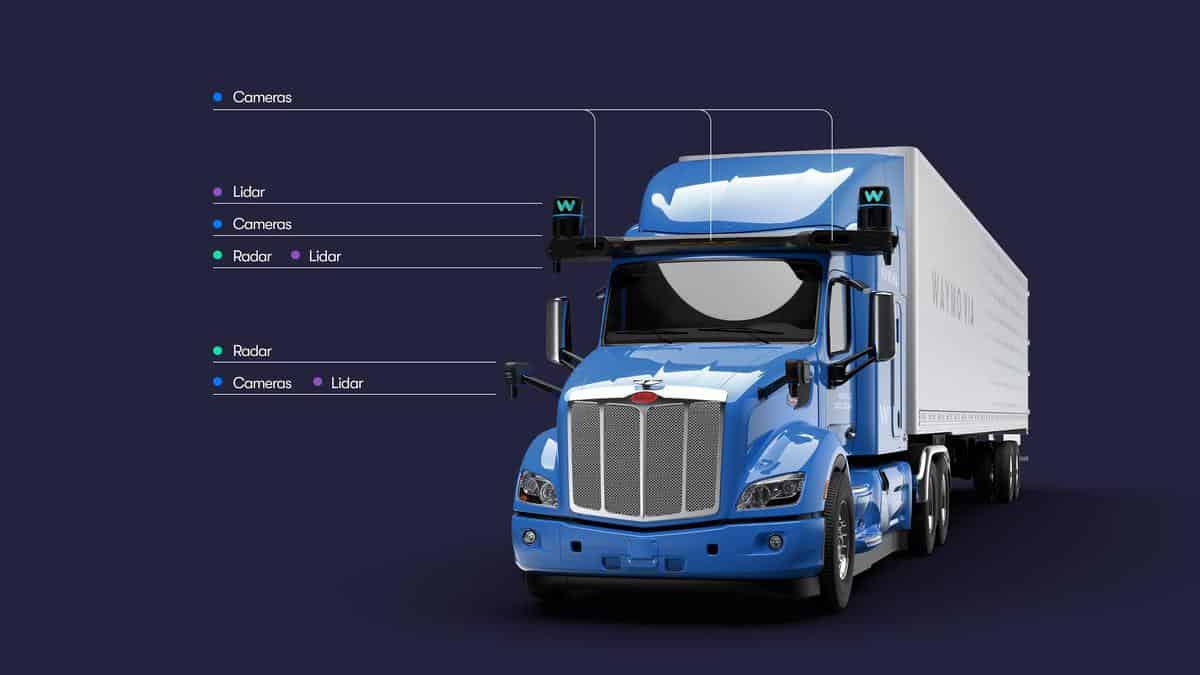
In the fast-paced world of trucking, optimizing routes is essential for efficiency and profitability. Route optimization software leverages advanced algorithms and real-time data to determine the most efficient paths, minimizing travel time, fuel consumption, and overall operational costs.
Benefits of Route Optimization Software
Route optimization software offers numerous benefits for trucking companies, significantly impacting their bottom line and operational efficiency.
- Reduced Fuel Consumption: By identifying the shortest and most direct routes, software minimizes mileage, resulting in lower fuel costs. This is particularly important in today’s environment of fluctuating fuel prices.
- Faster Delivery Times: Optimized routes reduce travel time, allowing for quicker deliveries and improved customer satisfaction. This is crucial in time-sensitive industries where timely delivery is paramount.
- Increased Driver Productivity: Optimized routes reduce unnecessary driving and waiting time, allowing drivers to complete more deliveries within a given timeframe, maximizing their productivity.
- Improved Fleet Management: Route optimization software provides valuable insights into fleet performance, enabling managers to track driver behavior, identify areas for improvement, and make informed decisions.
- Reduced Maintenance Costs: By minimizing mileage and wear and tear on vehicles, optimized routes contribute to lower maintenance costs, extending the lifespan of trucks.
Real-time Traffic Data and Route Optimization
Route optimization software utilizes real-time traffic data to dynamically adjust routes, avoiding congestion and delays.
- Traffic Data Integration: The software integrates with various sources of real-time traffic information, such as GPS systems, traffic cameras, and mobile apps, providing up-to-the-minute insights into road conditions.
- Dynamic Route Adjustments: Based on real-time traffic data, the software recalculates routes in real-time, guiding drivers away from congested areas and towards less traveled routes.
- Avoidance of Road Closures and Accidents: Real-time data alerts drivers about road closures, accidents, and other unexpected events, allowing them to plan alternative routes and avoid delays.
Navigation Systems in Trucking
Various navigation systems are used in trucking, each with unique functionalities and capabilities.
- GPS Navigation: GPS (Global Positioning System) uses a network of satellites to determine a vehicle’s location. It provides basic navigation functionalities, including route guidance and estimated arrival times.
- Satellite-Based Navigation: Satellite-based navigation systems leverage multiple satellites for more accurate location tracking and improved route planning, particularly in remote areas with limited cellular coverage.
- Advanced Mapping Software: Advanced mapping software goes beyond basic navigation, offering features like real-time traffic updates, fuel price comparisons, truck-specific routing (considering weight, height, and other vehicle characteristics), and integration with fleet management systems.
Comparison of Navigation Systems
| Feature | GPS Navigation | Satellite-Based Navigation | Advanced Mapping Software |
|---|---|---|---|
| Accuracy | Moderate | High | Very High |
| Real-time Traffic Data | Limited | Limited | Extensive |
| Truck-Specific Routing | No | No | Yes |
| Fleet Management Integration | No | No | Yes |
Impact on the Trucking Industry: Trucking Technology
The integration of technology into the trucking industry has brought about a profound transformation, impacting various aspects of operations, including efficiency, safety, and profitability. These technological advancements have significantly reshaped the landscape of the industry, offering numerous opportunities for growth and optimization while also presenting certain challenges that need to be addressed.
Influence on Efficiency
Technology has played a pivotal role in enhancing the efficiency of trucking operations.
- Fleet Management Systems: These systems enable real-time tracking of vehicle locations, fuel consumption, and maintenance schedules, allowing for optimized route planning, reduced downtime, and improved fuel efficiency.
- Telematics: Telematics systems provide valuable data on driver behavior, vehicle performance, and cargo conditions, enabling fleet managers to identify areas for improvement and optimize operations.
- Automated Load Matching: Platforms that connect shippers with carriers facilitate efficient load matching, reducing empty miles and maximizing utilization of trucks.
Influence on Safety
Technology has significantly enhanced safety in the trucking industry.
- Advanced Driver-Assistance Systems (ADAS): ADAS features such as lane departure warnings, blind spot monitoring, and adaptive cruise control help drivers avoid accidents and improve overall safety.
- Electronic Logging Devices (ELDs): ELDs ensure compliance with hours-of-service regulations, reducing driver fatigue and promoting safer driving practices.
- Driver Training Simulators: Virtual reality simulators provide realistic training environments for drivers, allowing them to practice safe driving techniques and develop critical skills in a controlled setting.
Influence on Profitability
Technological advancements have contributed to improved profitability in the trucking industry.
- Reduced Operating Costs: Optimizing routes, improving fuel efficiency, and minimizing downtime through technology leads to significant cost savings.
- Increased Revenue Opportunities: Automated load matching platforms and real-time tracking capabilities enable carriers to secure more loads and maximize revenue potential.
- Enhanced Customer Satisfaction: Improved efficiency and safety translate into better service quality, leading to increased customer satisfaction and loyalty.
Challenges and Opportunities
Technological advancements in the trucking industry present both challenges and opportunities.
Challenges
- Initial Investment Costs: Implementing new technologies can require significant upfront investments, which can be a barrier for smaller trucking companies.
- Cybersecurity Risks: The increased reliance on technology exposes trucking operations to cybersecurity risks, requiring robust security measures to protect sensitive data.
- Driver Acceptance: Some drivers may be resistant to adopting new technologies, requiring effective training and communication strategies to ensure successful implementation.
Opportunities
- Autonomous Trucking: The development of self-driving trucks holds immense potential for improving efficiency, safety, and reducing labor costs.
- Data Analytics: Harnessing data from telematics systems and other sources can provide valuable insights into operations, enabling data-driven decision-making and optimization.
- New Business Models: Technology enables the development of innovative business models, such as on-demand delivery services and freight marketplaces.
Benefits and Drawbacks of Technology in Trucking
| Benefits | Drawbacks |
|---|---|
| Increased efficiency and productivity | High initial investment costs |
| Enhanced safety and reduced accidents | Potential cybersecurity risks |
| Improved driver comfort and convenience | Potential for job displacement due to automation |
| Real-time data and analytics for informed decision-making | Requirement for ongoing maintenance and updates |
| Reduced operating costs and increased profitability | Potential for driver resistance to new technologies |
Future Trends in Trucking Technology
The trucking industry is constantly evolving, with new technologies emerging that promise to revolutionize the way goods are transported. From autonomous driving to electric trucks, these advancements are poised to have a profound impact on the industry, transforming efficiency, sustainability, and safety.
Autonomous Driving
Autonomous driving technology is rapidly advancing, with self-driving trucks already undergoing testing on public roads. The potential benefits of autonomous trucks are significant, including:
- Increased Safety: Autonomous trucks can potentially reduce accidents caused by human error, which account for a large percentage of trucking accidents.
- Improved Efficiency: Autonomous trucks can operate 24/7 without needing breaks, potentially leading to faster delivery times and reduced transportation costs.
- Reduced Fuel Consumption: Autonomous trucks can optimize their routes and driving styles to minimize fuel consumption, contributing to a more sustainable transportation system.
The adoption of autonomous trucking is expected to be gradual, with initial deployments focusing on specific routes and applications. Companies like Tesla, Waymo, and Aurora are leading the development of autonomous trucking technology, and several trucking companies are already piloting autonomous truck deployments.
Electric Trucks
Electric trucks are gaining traction as a more sustainable alternative to traditional diesel-powered trucks. The benefits of electric trucks include:
- Zero Emissions: Electric trucks produce zero tailpipe emissions, contributing to cleaner air quality and reducing greenhouse gas emissions.
- Lower Operating Costs: Electricity is generally cheaper than diesel fuel, leading to lower operating costs for electric trucks.
- Quiet Operation: Electric trucks operate much quieter than diesel trucks, reducing noise pollution in urban areas.
The adoption of electric trucks is being driven by government regulations, increasing consumer demand for sustainable products, and the falling cost of battery technology. Major truck manufacturers like Daimler, Volvo, and Tesla are investing heavily in electric truck development, and several trucking companies are already operating electric truck fleets.
Blockchain Integration
Blockchain technology is being explored for its potential to improve transparency, security, and efficiency in the trucking industry. Blockchain can be used to:
- Track Shipments: Blockchain can create a secure and immutable record of shipments, providing real-time visibility into the location and status of goods.
- Manage Payments: Blockchain can streamline payment processes, reducing delays and disputes between carriers, shippers, and receivers.
- Improve Supply Chain Security: Blockchain can help prevent fraud and counterfeiting by providing a tamper-proof record of goods throughout the supply chain.
Blockchain technology is still in its early stages of adoption in the trucking industry, but its potential to revolutionize the way goods are transported is significant. Companies like IBM and Maersk are exploring the use of blockchain technology in their supply chain operations.
Closing Summary
The integration of technology in the trucking industry has paved the way for a more efficient, safer, and sustainable future. As advancements continue to emerge, we can expect even greater innovation and transformation in the years to come. From autonomous driving and electric trucks to blockchain integration, the future of trucking technology holds immense promise for revolutionizing the transportation landscape.
Trucking technology is constantly evolving, with innovations like telematics and driver assistance systems improving efficiency and safety. These advancements often mirror those seen in other industries, such as auto body repair technology , where digital tools and advanced materials are transforming repair processes.
The trucking industry can learn from these innovations to further optimize its operations and enhance the overall experience for drivers and businesses alike.


